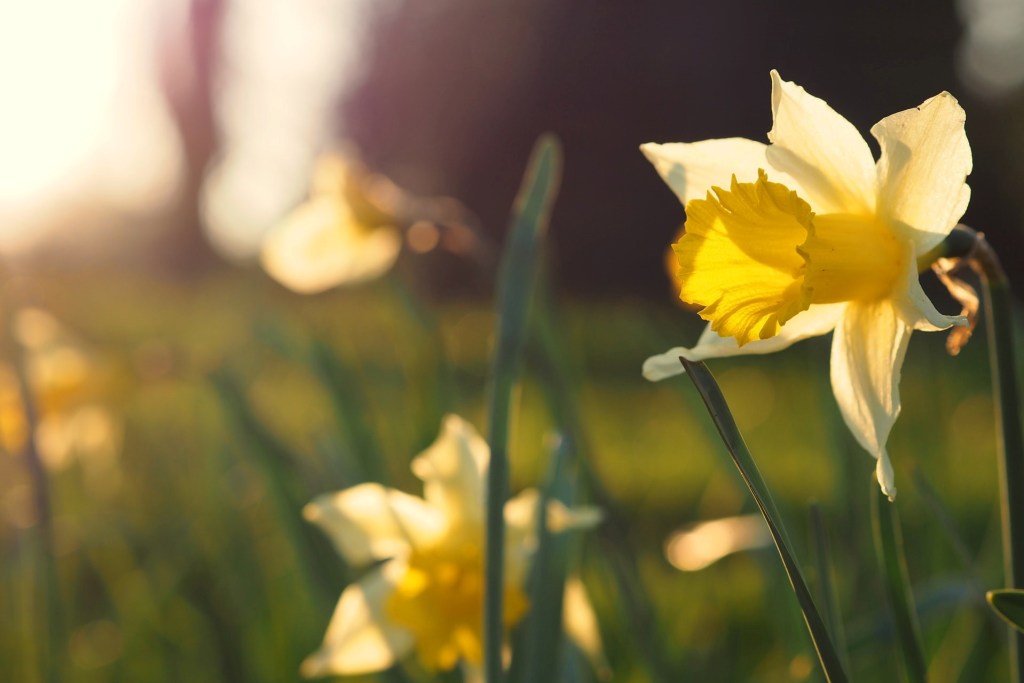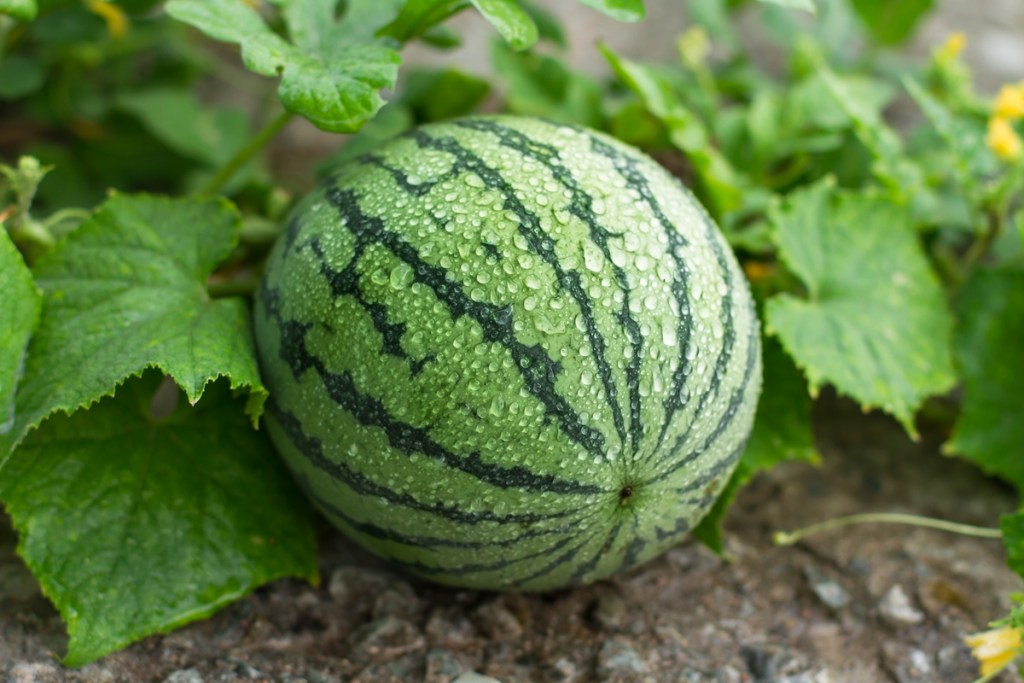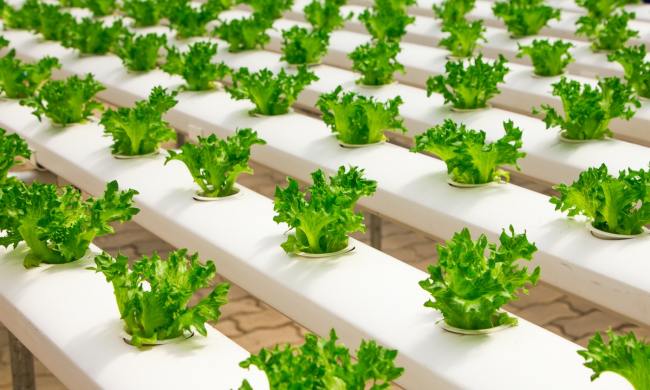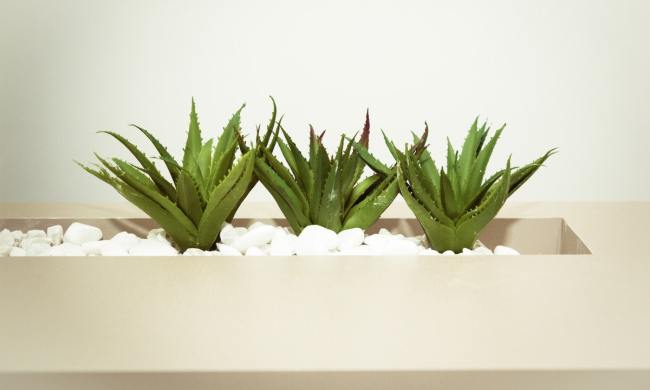While you may be diving into the ocean during summer vacation season, your flowers will be focusing on something different: how long the daylight lasts. Summer solstice gardening is an important concept when it comes to making sure your plants are growing and blooming on schedule. This is the longest day of the year, the time when your garden will be receiving the most light. Unsure about how this will impact your garden? This simple guide will explain everything!
What is the summer solstice?
The summer solstice, also known as midsummer, is the halfway point of the summer. The solstices, especially summertime, is important for gardeners because of the effect on how their plants flower in their garden. The summer solstice, specifically, is the summer day that has the longest sunlight and shortest night, and plants use the length of the nights to cue the release of hormones for flowering and fruiting.
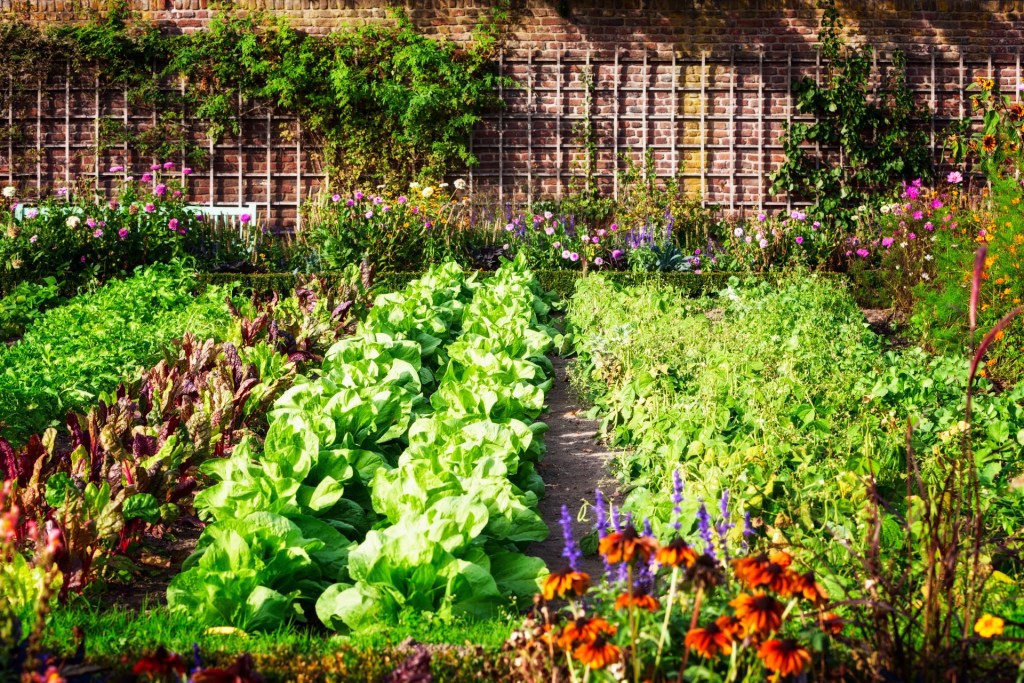
How do plants grow during the summer solstice?
When plants know the length of day or night, it is called photoperiodism. Simply put, this is the development of plants to the lengths of light and dark periods. Plants fall into three different classifications of photoperiods.
Photoperiod classifications
- Short-day plants: Short-day plants need short days and long nights to grow properly, and typically bloom in fall or winter. One of the most well-known short-day plants is the poinsettia. When nights reach a minimum of 11 hours and 40 minutes, poinsettia flowers will begin to bloom. Many poinsettias available at our local garden centers will likely have their nighttime periods artificially extended in early fall to meet the time requirement.
- Long-day plants: Long-day plants need the opposite: long days and short nights. Black-eyed Susan flowers are the perfect example of a long-day plant. They will flower basically nonstop between July and September, and thus are the main flowers that provide late-season nectar for pollinating insects and animals.
- Day-neutral plants: Day-neutral plants do not react, or react very little, to the changing length of days and nights. The everbearing strawberry is a good example of a day-neutral plant. While not all strawberries are day neutral, many will grow properly regardless of how long the day or night periods are.
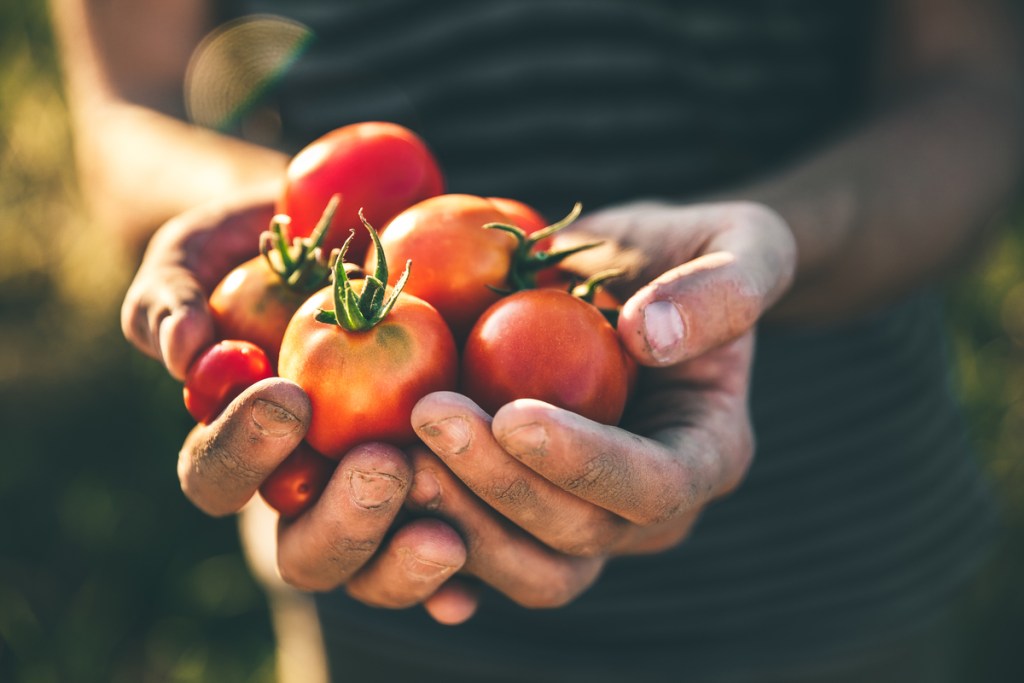
How to grow plants during the summer solstice
You could avoid a lot of frustration by following the sun across wherever you want your plants to grow. Taking time to observe where you have the best gardening opportunities will improve your plants more than anything else. Most plants come with labels that state how much sun and shade is needed. You may learn you do not have the correct requirements for your plant once the summer solstice hits. Learn where in your garden the sun shines so you can plant flowers like snowdrops and crocus that bloom earlier than usual, thanks to the longer days.
If you want to grow plants that require less sunlight and want more nighttime, you can fake it. You are the gardener, so you can create shade by planting the flowers underneath shrubs or trees and mimic a shorter day. Remember that no plant is glued to the soil. Even if you plant them, they can be moved to a more appropriate place throughout the year as the seasons and solstices change.
What vegetables to plant
Vegetables, flowers, herbs, and perennials can be started at the summer solstice. Taking cuttings or suckers from plants like tomatoes and rooting them is possible in June. Herbs and vegetables that are great for planting during the solstice are:
- Chives
- Sage
- Thyme
- Kale
- Cabbage
- Squash
- Corn
- Eggplant
- Peas
- Carrot
- Bell pepper
- Basil
- Parsley
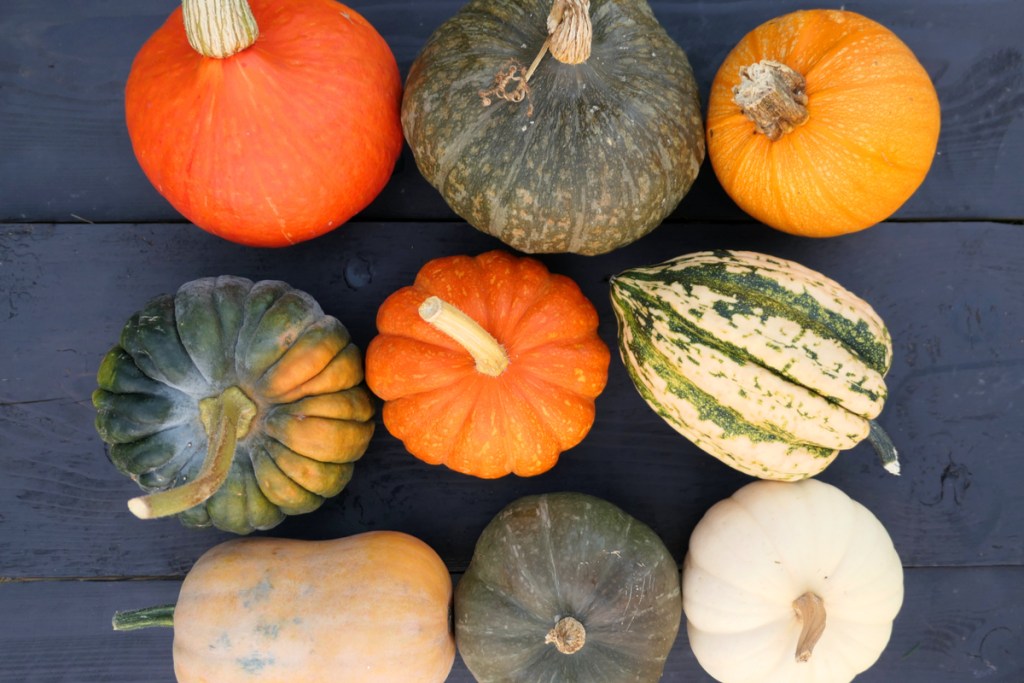
What to harvest on the summer solstice
Some fruits and vegetables that you planted in fall or early spring may be nearly ready to harvest. In fact, many traditional summer solstice celebrations involve harvesting ripe fruits, vegetables, and herbs for feasts. It’s a good idea to check all your plants, but pay close attention to tomatoes, cucumbers, and summer squashes, such as zucchini. Fruits such as watermelons, cherries, blueberries, and plums are often nearing their harvest time as well. You might even see a few early blackberries!
If you are ready to start planting, one of the best things to learn is how the summer solstice affects your gardening. The first day of summer can usher in vegetables and fruits that make the sunshine special. Knowing when to plant on the summer solstice will help create beautiful and vibrant crops that will carry you through to fall. While some may say that the summer solstice is too late to begin planting things, it truly is never too late, and there are many summer solstice plants that can be planted at this time of the year.
